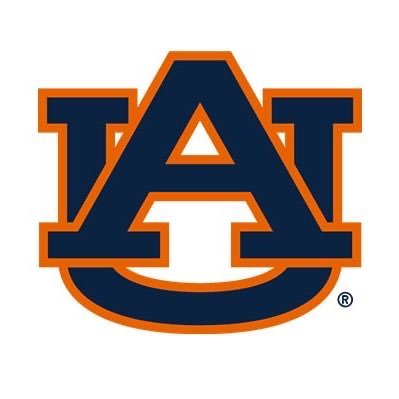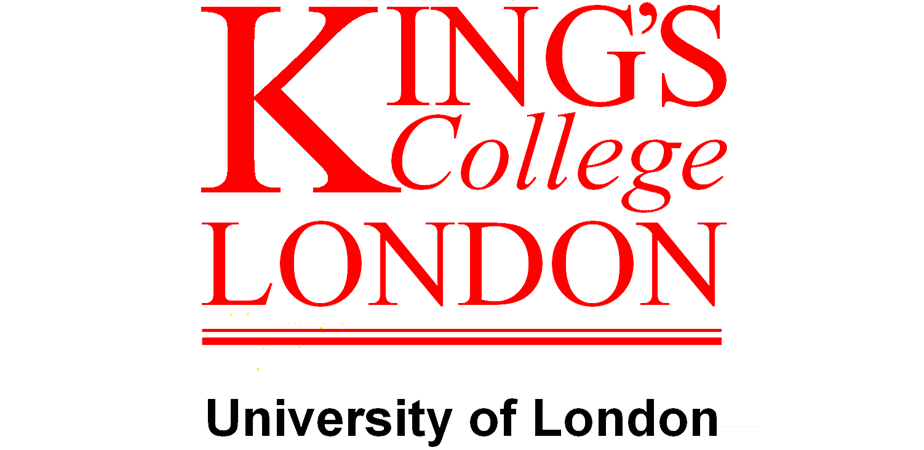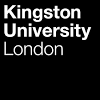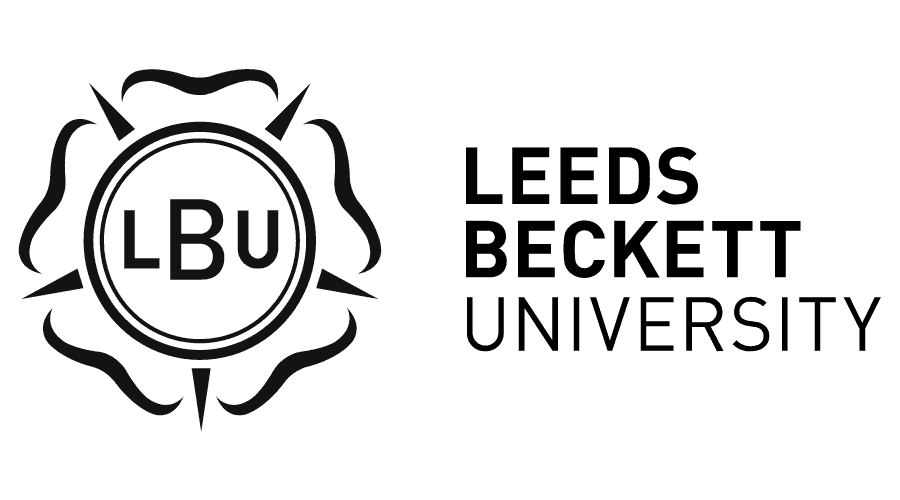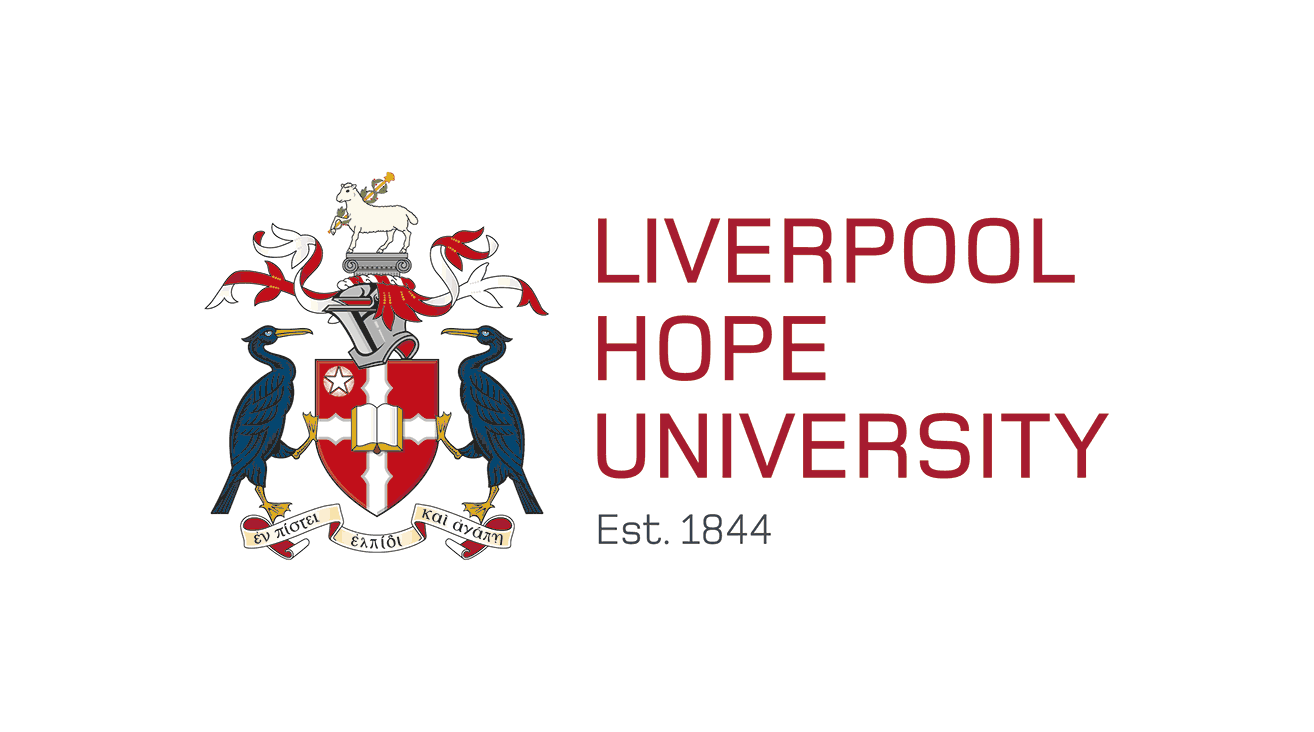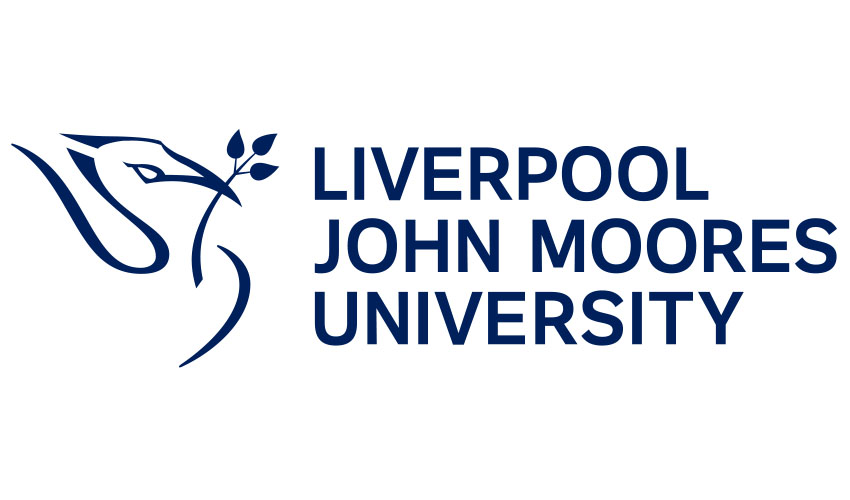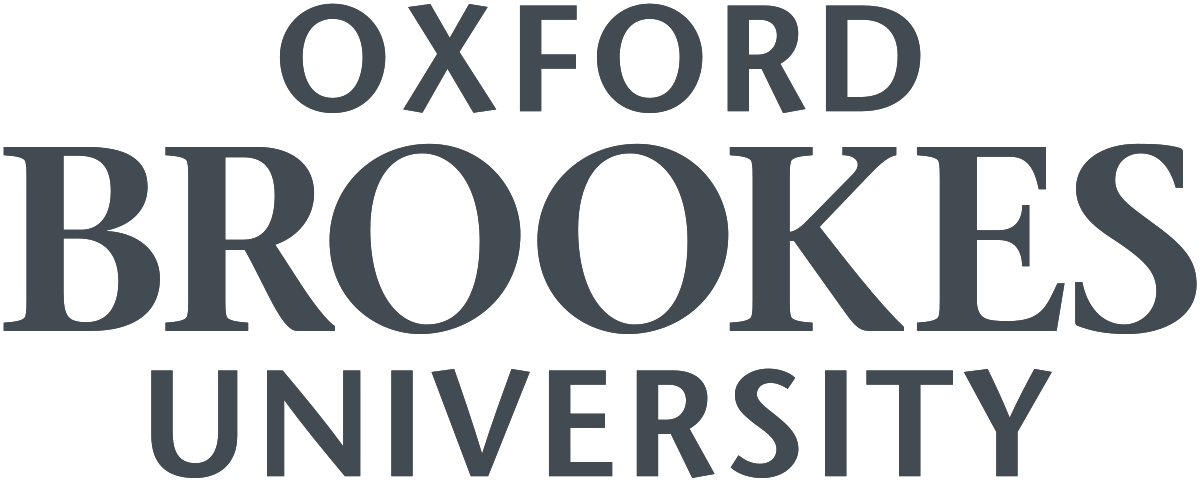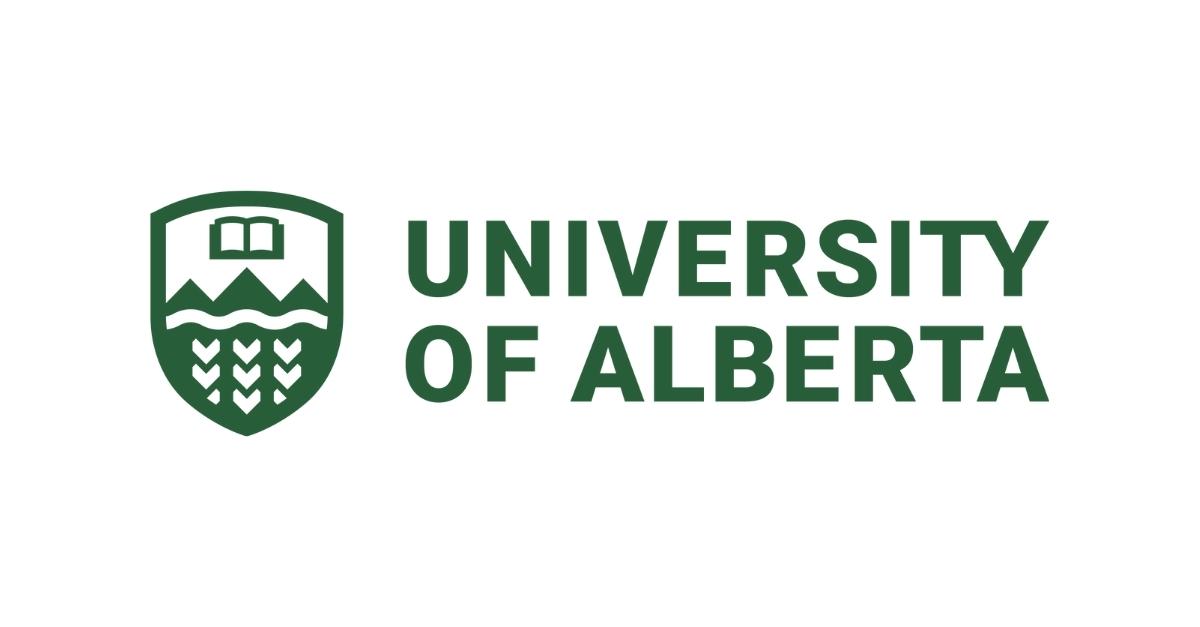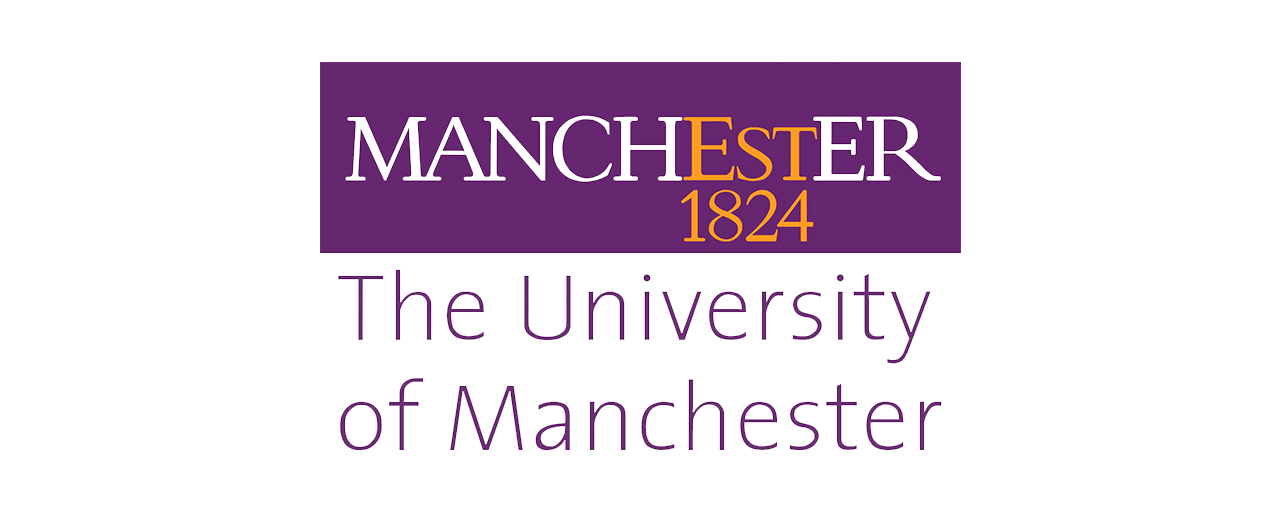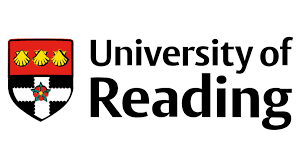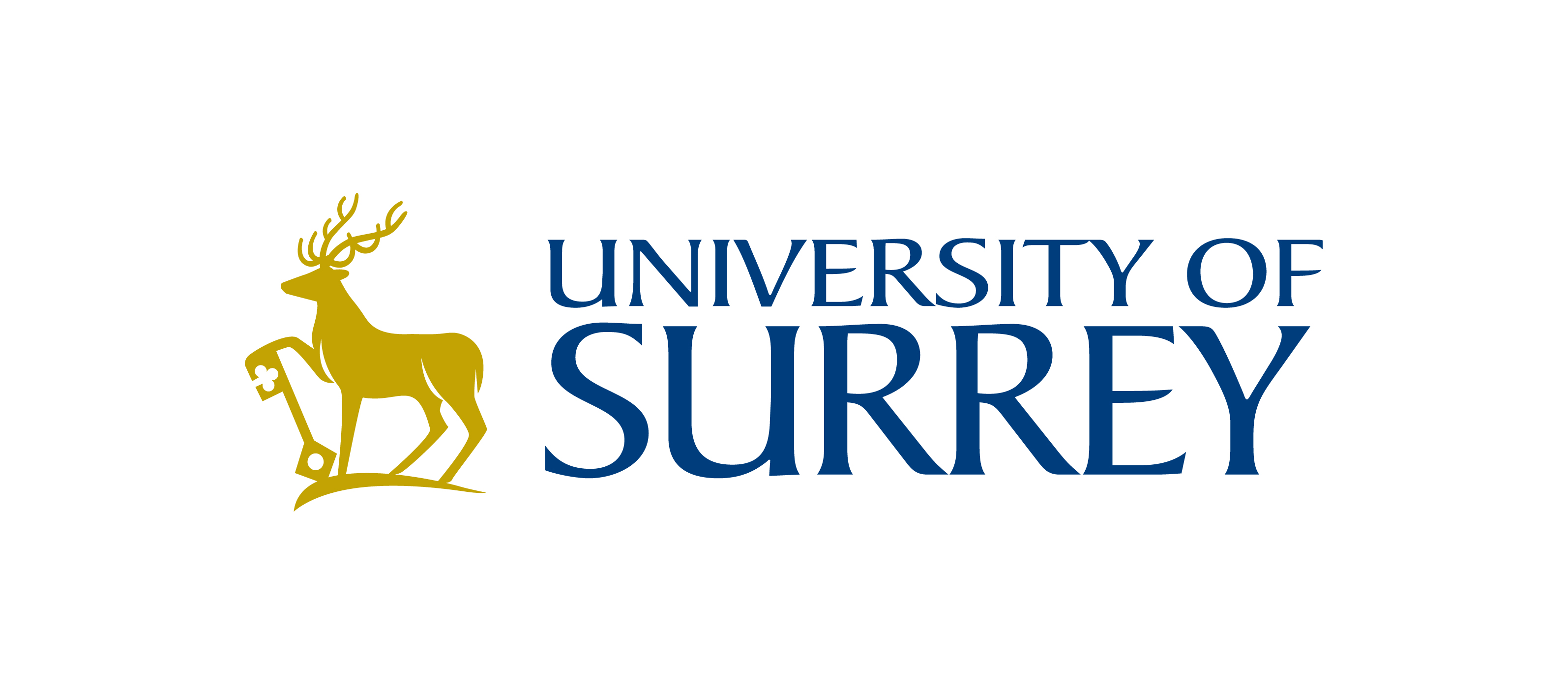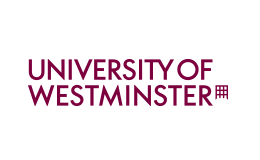Study Nutrition Abroad: Unlocking a World of Health and Wellness Expertise
Are you passionate about health, diet, and helping people lead better lives? Pursuing a degree in Nutrition abroad can open doors to a rewarding career in one of the fastest-growing fields globally. For Indian students, studying Nutrition overseas means gaining cutting-edge knowledge in food science, public health, and clinical nutrition while adapting to diverse cultural diets. This page explores everything you need to know about Nutrition courses abroad, from curriculum details to career prospects, tailored for aspiring Indian scholars.
Why Study Nutrition Abroad as an Indian Student?
India's diverse culinary landscape—from spicy curries to regional staples like millets and lentils—makes Nutrition a relevant field at home. However, studying abroad exposes you to advanced research, international standards, and global health challenges. Here's why it's a smart choice:
- World-Class Education: Access state-of-the-art labs, nutrition clinics, and collaborations with organizations like the World Health Organization (WHO).
- Cultural Relevance: Learn how to adapt Western nutrition principles to Indian diets, addressing issues like diabetes and malnutrition prevalent in India.
- Global Opportunities: Degrees from top universities are recognized worldwide, boosting your employability in India or abroad.
- Personal Growth: Experience multicultural environments that enhance your understanding of varied dietary needs, from vegan trends in Europe to superfoods in the Americas.
- Research Focus: Tackle pressing issues like sustainable food systems, which align with India's growing emphasis on organic farming and nutrition security.
With rising health awareness in India, Nutrition graduates are in high demand. Studying abroad equips you with skills to bridge traditional Indian wellness (like Ayurveda) with modern science.
Course Overview: What to Expect in a Nutrition Program
Nutrition programs abroad typically range from undergraduate (BSc in Nutrition and Dietetics, 3-4 years) to postgraduate (MSc in Clinical Nutrition, 1-2 years) levels. These courses blend theory, practical training, and internships, preparing you for roles in hospitals, food industries, or public policy.
Entry Requirements for Indian Students:
- High school diploma with science subjects (Biology, Chemistry preferred); minimum 60-70% marks.
- IELTS/TOEFL scores: 6.5+ for most programs.
- Some universities require entrance exams like GRE for master's.
- Personal statement highlighting your interest in health and nutrition.
Programs emphasize evidence-based practice, ensuring you learn from real-world case studies, including those on Indian diaspora health issues like vitamin D deficiency.
Detailed Curriculum: Key Modules and Skills
A typical Nutrition curriculum is interdisciplinary, covering biology, psychology, and sociology. Below is a breakdown of core modules in a standard BSc or MSc program:
| Module | Description | Skills Gained |
|---|---|---|
| Human Anatomy and Physiology | Study how nutrients interact with body systems, including digestion and metabolism. | Understanding nutrient absorption; applying to conditions like obesity. |
| Food Science and Technology | Explore food composition, preservation, and fortification techniques. | Food safety analysis; developing fortified products for Indian markets. |
| Clinical Nutrition | Learn therapeutic diets for diseases like diabetes, heart conditions, and malnutrition. | Diet planning; counseling skills for diverse populations. |
| Public Health Nutrition | Focus on community programs, policy, and epidemiology of nutrition-related issues. | Designing interventions; addressing global hunger, relevant to India's schemes like Mid-Day Meal. |
| Nutritional Biochemistry | Dive into molecular aspects of vitamins, minerals, and macronutrients. | Research methodologies; lab techniques for nutrient analysis. |
| Electives (e.g., Sports Nutrition or Pediatric Nutrition) | Specialize in areas like athlete diets or child health, with options for Indian-specific topics. | Customization; practical projects like studying millet-based diets. |
Hands-on elements include kitchen labs for meal planning, fieldwork in community health centers, and research projects. Many programs offer placements in hospitals or food companies, giving you international experience that translates well back in India.
Pro Tip: Look for programs accredited by bodies like the Academy of Nutrition and Dietetics (AND) in the US or the Association for Nutrition (AfN) in the UK for global credibility.
Top Destinations for Nutrition Studies Abroad
Choosing the right country depends on your goals—research opportunities, cost, or post-study work visas. Here are popular destinations for Indian students:
- United States: Home to Ivy League programs at universities like Cornell or Harvard. Focus on innovative research; average tuition: $30,000-50,000/year. Post-study OPT visa allows 1-3 years of work.
- United Kingdom: Shorter programs (1-year MSc) at institutions like King's College London. Emphasis on clinical practice; tuition: £15,000-25,000/year. Graduate Route visa for 2 years post-study.
- Australia: Practical, industry-linked courses at University of Sydney or Deakin. Strong on sports nutrition; tuition: AUD 30,000-40,000/year. Post-study work visa up to 4 years.
- Canada: Affordable and welcoming, with programs at University of Toronto. Focus on public health; tuition: CAD 20,000-35,000/year. PGWP for up to 3 years work experience.
- Europe (e.g., Netherlands or Ireland): English-taught programs at Wageningen University (world-renowned for food science). Tuition: €10,000-20,000/year; scholarships abundant.
For Indian students, countries like Canada and Australia offer easier pathways due to points-based immigration favoring skilled graduates in health fields.
Career Prospects: Building a Global Career in Nutrition
A Nutrition degree abroad paves the way for diverse roles. In India, the wellness industry is booming, valued at over $70 billion, with demand for dietitians in hospitals, startups, and government programs.
Popular Career Paths:
- Registered Dietitian/Nutritionist: Advise on personalized diets; salary in India: ₹4-10 lakhs/year; abroad: $50,000-80,000.
- Public Health Specialist: Work with NGOs like WHO or India's ICMR on nutrition policies.
- Food Industry Consultant: Develop products for companies like Nestlé or Indian firms like ITC.
- Clinical Researcher: Conduct studies on topics like gut health in diverse populations.
- Sports Nutritionist: Train athletes, increasingly relevant with India's sports growth.
Salary Comparison Table (Entry-Level, Annual):
| Country | Average Salary (USD) | Job Growth Rate |
|---|---|---|
| India | 6,000-12,000 | 15% (high demand in urban areas) |
| USA | 50,000-70,000 | 11% (faster than average) |
| UK | 35,000-50,000 | 8% (NHS opportunities) |
| Australia | 45,000-65,000 | 12% (focus on preventive health) |
| Canada | 40,000-60,000 | 10% (aging population needs) |
Many graduates return to India to start wellness clinics or consult for apps like HealthifyMe, combining global expertise with local insights.
Scholarships and Financial Support for Indian Students
Studying abroad doesn't have to be expensive. Indian students can access various funding options:
- University Scholarships: Merit-based awards covering 20-50% tuition, like the Fulbright-Nehru in the US.
- Government Schemes: India's National Overseas Scholarship for SC/ST students; ICCR for full funding.
- Country-Specific: Chevening Scholarships (UK), Endeavour Awards (Australia), or Vanier Canada Graduate Scholarships.
- Private Funds: Inlaks Shivdasani Foundation or JN Tata Endowment for loans and grants.
Budget wisely: Total costs (tuition + living) range from $20,000-60,000/year, but part-time work (20 hours/week) is allowed in most countries.
How to Apply and Get Started
Ready to embark on your Nutrition journey abroad? Follow these steps:
- Research Programs: Use platforms like QS Rankings or Studyportals to shortlist universities.
- Prepare Documents: Transcripts, SOP, LORs, and English proficiency tests.
- Apply Early: Deadlines are 6-12 months in advance; use UCAS for UK or Common App for US.
- Visa Process: Secure student visa with proof of funds; Indian students often get approvals within 4-8 weeks.
- Seek Guidance: Consult study abroad counselors for personalized advice.
Studying Nutrition abroad isn't just about a degree—it's about transforming lives through better health. With your Indian roots and global training, you'll be uniquely positioned to make an impact. Start your application today and nourish your future!

